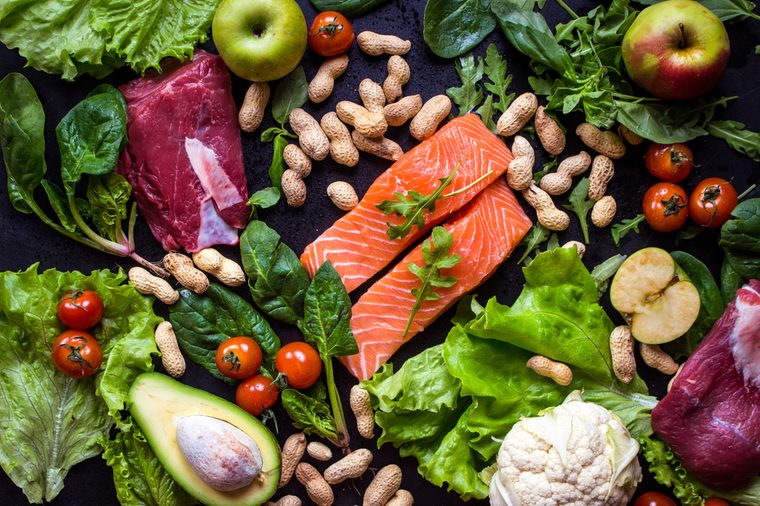
Real food, gratitude, and movement
Christina Powter, founder/designer of Chill by Will and personal trainer, explains: “There are three important keys to slimming down and living a healthy life: gratitude, real foods, and movement. Taking a moment to say five things you are grateful for will help jump-start your day. Eating real food like whole grains, fruits, vegetables, nuts, and animal proteins will fuel your body. Movement is the final key. You can start slow; the most important thing is that you enjoy the activity you’re doing. Taking a walk, playing with your dog, running with your kids—anything that brings joy will fill your inside with happiness and ensure you stick with the routine well beyond summer.”
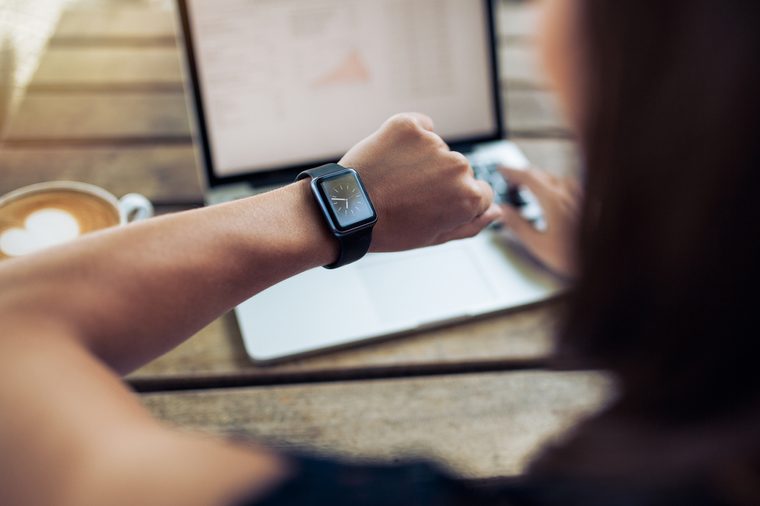
Limit the hours when you can eat
“The best way to slim down or to achieve goals is to work consistently over time with sustainable efforts,” according to Jess Sims, NASM certified personal trainer and FHIT Pro at Fhitting Room. “However, if you’re in a bind and really looking to see results fast, try intermittent fasting,” she recommends. “This is dependent on your daily schedule, but try to keep your eating window to eight to ten hours in the day.” She tends to start with eggs topped with avocado and some fruit on the side. “The next meal is usually a salad with lots of nuts and seeds and some carbs—sweet potatoes, rice, etc.” She sticks with protein and veggies for dinner: “No bread for the short duration of whatever you’re trying to lose for! No alcohol except for two glasses of red wine per week, max. I drink a ton of water with lemon as well as green tea midday to avoid succumbing to cravings.” Learn more about intermittent fasting.
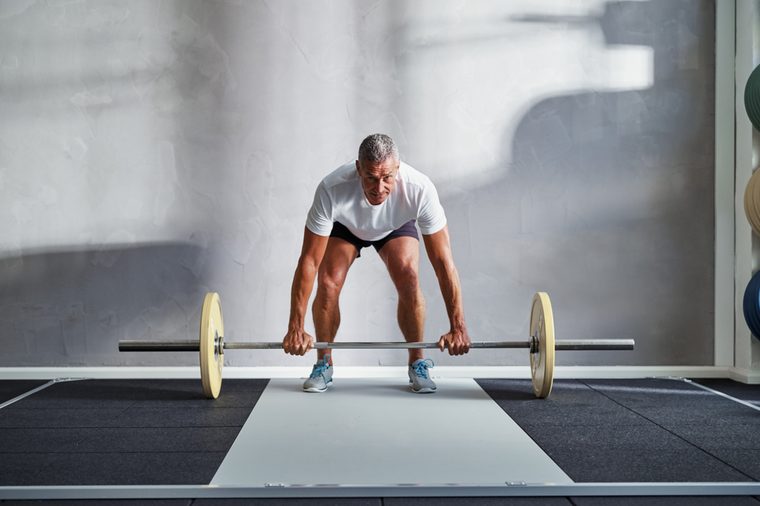
Mix it up
That’s the advice of Sebastien Lagree, founder of Lagree Fitness Method and inventor of the Megaformer and Supra machines. “Cycle the intensity of your workouts. People think they need to lift more weight each week to see results, but that’s actually not true. You can do more reps at the same weight or you can do them slower and with more control. The point is that there are different measures of intensity including lifting more weight, increasing the time of a set, moving the weight slower or faster, and doing more repetitions,” he explains. “If I can lift less weight or stay at a constant weight and lift with more control and less momentum, I start to build muscle strength and endurance and burn fat.”
Related: What It’s Really Like to Do the Lagree Fitness Method
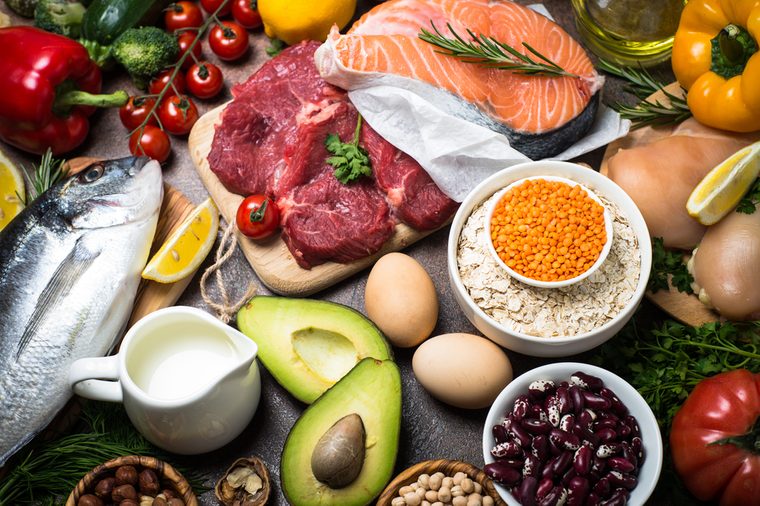
Stay balanced
“Ideally, it’s great to break down all meals to four to five portions per day while following macros based on your weight, height, and fitness goals,” according to Roxie Jones, coach at Tone House. Macros (macronutrients) are proteins, carbs, and fats, and you can track the grams of each using apps like My Fitness Pal or an online calculator, explains Jones. “This creates a steady stream of energy for the metabolism, but also prevents an overload of calories for the body to break down in one sitting.” However, she warns that you need to watch your portions of fat and carbs per meal. “Most people eat too much fat and/or carbs in their diet,” she says, and the extra calories can be stored as fat instead of being used as energy.
Related: 20 Ways To Eat Better, Lose Weight And Forget About Dieting
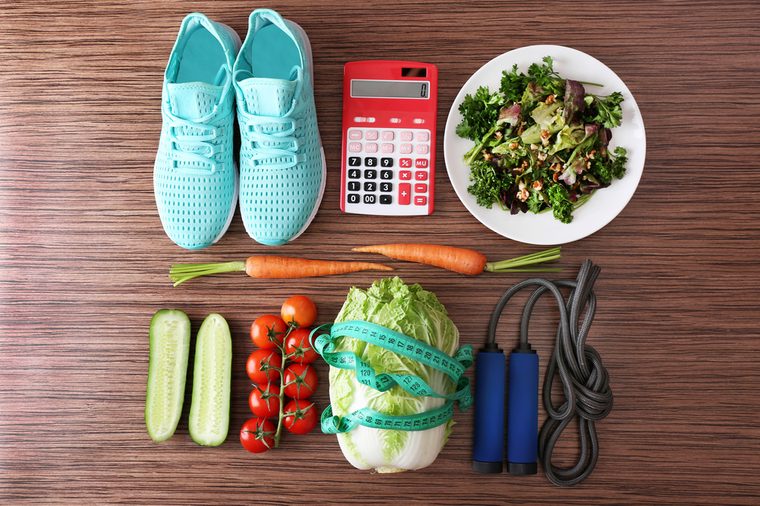
Bone up on macros
Hollis Tuttle, coach at Mile High Run Club, is also a fan of tracking macros: “I focus on my macros, which have been specifically calculated to help me achieve my goals. Every meal that I eat equals 300 calories and is composed of 26 grams of protein, 26 grams of carbohydrates, and 10 grams of fat. Eating this balance of protein, carbs, and fat every three to four hours provides many benefits.” Tuttle adds that this eating habit keeps her blood sugar levels consistent, which reduces cravings. “It stabilizes my hormones, which allows my body to release it’s stored fat while protecting my lean muscle that I work hard for,” she says, “and it helps to maintain my energy levels which allows me to stay in motion.” She also drinks plenty of water every day and eliminates alcohol.
Related: This Is the Absolute Best Diet for Weight Loss – And It’s Not Keto!
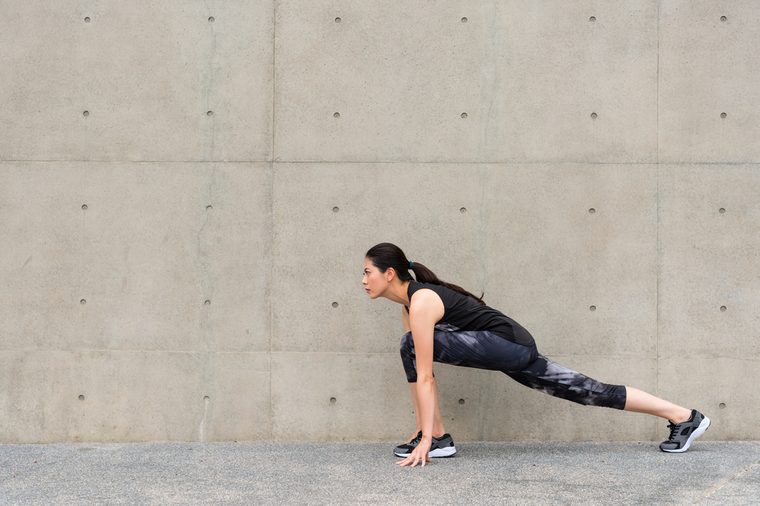
Figure out your calorie deficit
“It’s important to find a calorie calculator to understand what your calorie maintenance requirements are,” says John Murray, co-founder of Lyons Den Power Yoga. “Once you have that, aim to use a combination of diet and exercise to create a daily caloric deficit of 500 calories per day.” By using this method, he says, you can be sure that your weight loss will replace fat with muscle.
Related: This Is Exactly How Much Sleep You Need if You Want to Lose Weight
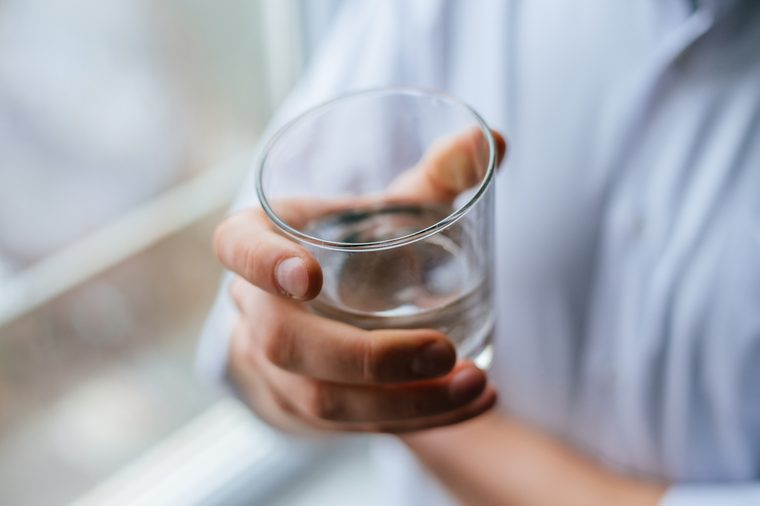
Cut out the unnecessary fluids
Although Sweatworking App trainer Erica Marie Robinson does not believe in slimming down fast, she admits “there may come times when I want to lose some extra water weight.” Basically, she eliminates all liquids except water for around seven days. “Drinking water helps boost your metabolism, cleanse your body of waste, and release water retention, which is one of the main causes of stomach bloating,” she says.
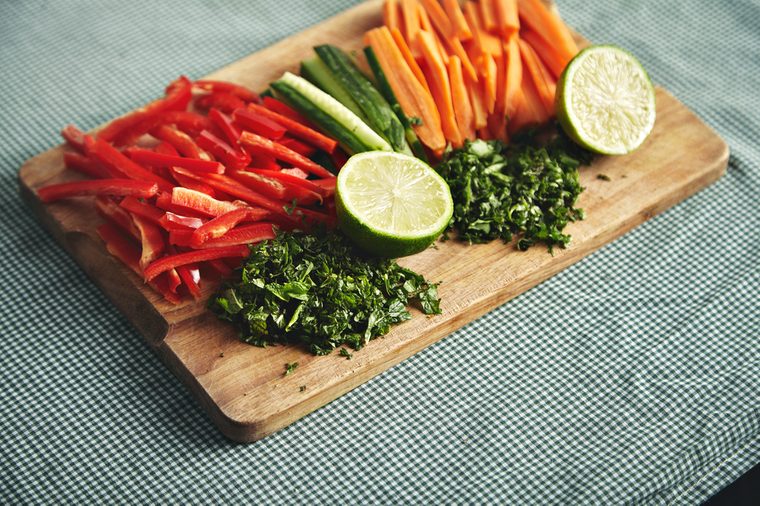
Pack your own food
Train with Betina and Sweatworking App trainer Betina Gozo believes that “portion control is easy when everything is already prepackaged—by you. Buy your own containers and bulk foods and DIY it so you know exactly how much a serving is and you won’t be tempted to buy more.”
Related: What Your Daily Coffee, Tea, Juice Or Smoothie Is Really Doing To Your Body Weight

Don’t go extreme for special occasions
“Don’t stray too far from your everyday self to achieve the look,” warns Jeana Anderson Cohen, founder of A Sweat Life. “The most common example is losing weight for a vacation or a wedding. If you’re restricting rather than making habit and lifestyle changes, science says you’ll gain it right back.” She points to research indicating that brides who felt pressure to lose weight for the event gained up to ten pounds in the following six months.
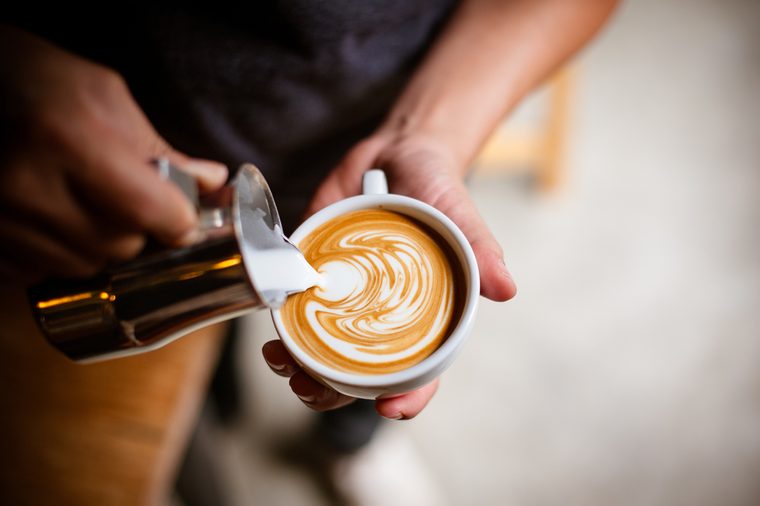
Don’t drink your calories
“The easiest lifestyle change is to start with what you drink: I don’t drink my calories,” Anderson Cohen says. According to the USDA, a cup of orange juice can have as many as 260 calories; a latte from Starbucks is 190 calories; a glass of red wine has about 125 calories. “That adds up—an extra 400 calories per day makes a difference over the course of a few weeks.”
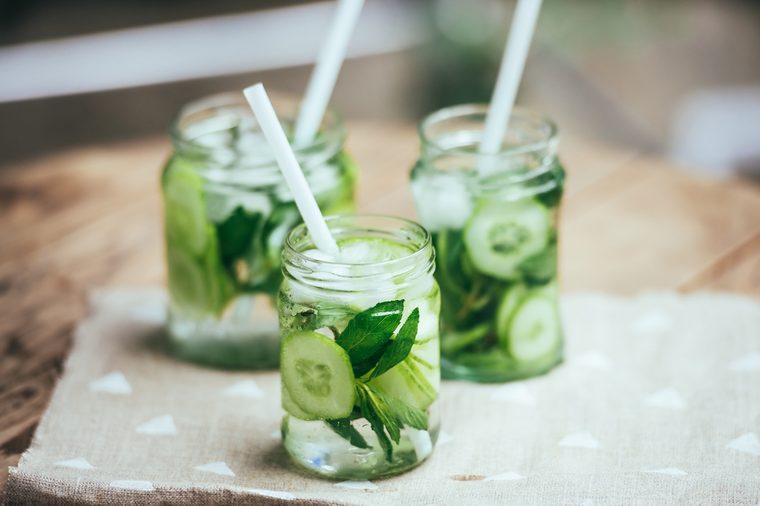
Keep it simple
“I have a few slim down tips,” says Doriel Koblenz, health coach at Facebook Tel Aviv and vice president at Benefit. “I add lemon and cucumber to my water to make it more flavorful and filling without loading in calories. I always pack almonds and an apple in my bag so I have a healthy snack on hand. And before eating, I ask myself if I’m actually hungry. Often we eat because we are ‘supposed to’ when we are not even hungry. Getting enough sleep is also very important.”
Related: 15 Detox Foods That Work Even Better Than Apple Cider Vinegar

Write it down
That’s what Stelios Karakonstantis, owner/head trainer at Shredcore, recommends: “Write down notes on not just everything you’re eating but the little details that could make or break your diet. What time is your lunch break and the other times you can eat? Which foods do you like or hate? Which ones are easy to prepare and take with you to work and on the run? Do you respond well or poorly to certain types of foods? These are all questions that should be asked on a constant day-by-day basis. There is a crucial element of awareness that needs to be paid attention to. You need to be increasingly aware of how certain foods affect how you feel throughout the day and how you train. The more fit and healthy you become, the more maintenance you’ll need.”
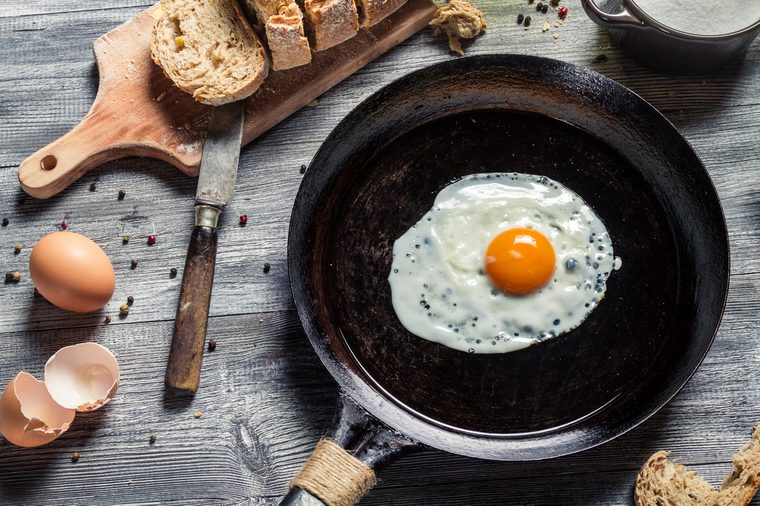
Eat heavier foods in the AM
“I load up on carbs and proteins in the early part of the day because I need them and burn them during my workouts,” says Selena Samuela, a trainer at Shadowbox. “I religiously only eat salads or veggies for dinner with or without a lean protein like grilled chicken or fish, steering clear of super salty or heavy dressings, and usually keeping it simple with a touch of olive oil and lemon.
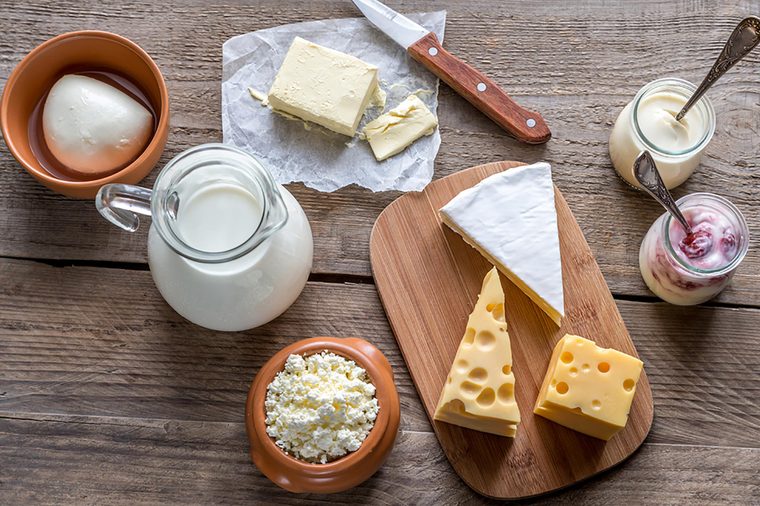
Tame inflammation
“Follow a low-inflammatory diet,” says Anika Christ, RD, LD, CPT, Pn1, director of events and digital programming for Life Time Weight Loss at Life Time. She explains that means cutting down on dairy and gluten. Christ believes these foods can trigger inflammation. “A good chunk of the population doesn’t digest or absorb them well,” she says. “With clients, I call them ‘the foods we don’t really need;’ plus, we tend to overconsume them.”
Related: 11 Foods That Have Extra Healing Power When You Need It
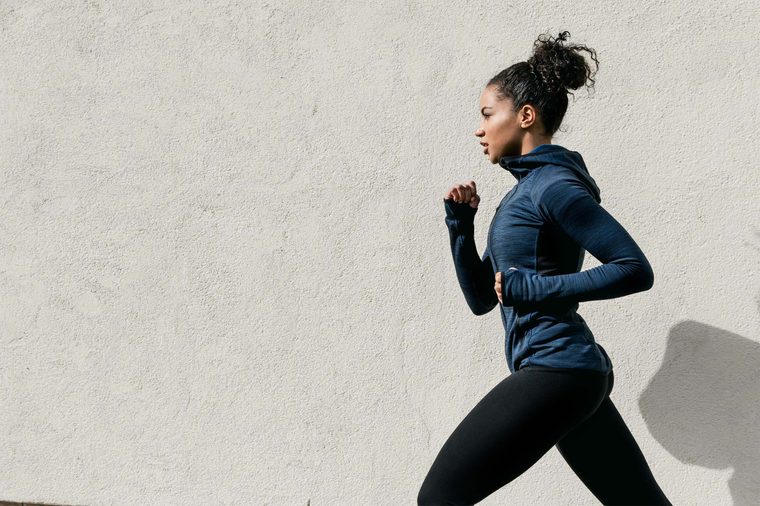
Cardio is still vital
“When slimming, I pay close attention to when I’m eating certain foods. I strive to cut out carbs, starches, and fruit (sugars) after 3 p.m.,” says Hannah Marie Corbin, Peloton bike instructor. “And yes, cardio is your friend when slimming. But the best exercise I know to reveal abs is five sets of not eating so much junk! The age-old advice still rings true—you can’t out train a bad diet.”
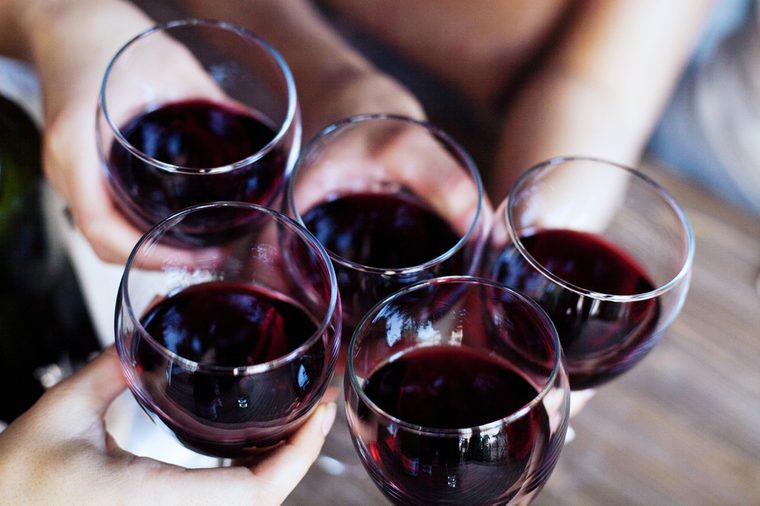
Look at your liquids
“I recommend drinking two liters of water daily,” says Christian Cinalli, a trainer at Burn 60. “Make sure not to add any sweeteners to your coffee. Limit your alcohol or drop it all together. Alcohol itself isn’t the concern; it’s everything that comes with it: bad food choices, hangovers, and restless sleep. I also take a probiotic supplement for gut health.”
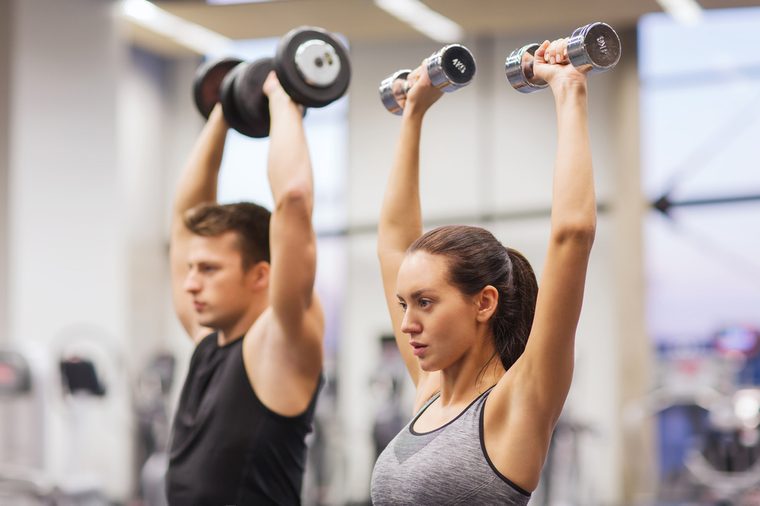
High reps, lower weight
“As a bodybuilder, I do shows year-round and the regimen is pretty intense,” says Sherry Joseph, bodybuilder and figure competitor. “But what I would do to stay somewhat lean on my off-season—which usually falls around summer—is not lift heavy weights, but instead do higher reps and lighter weights. I would also do cardio four to five times a week for 30 to 45 minutes each session. And focus on eating clean with just one or two ‘cheat’ meals a week.”
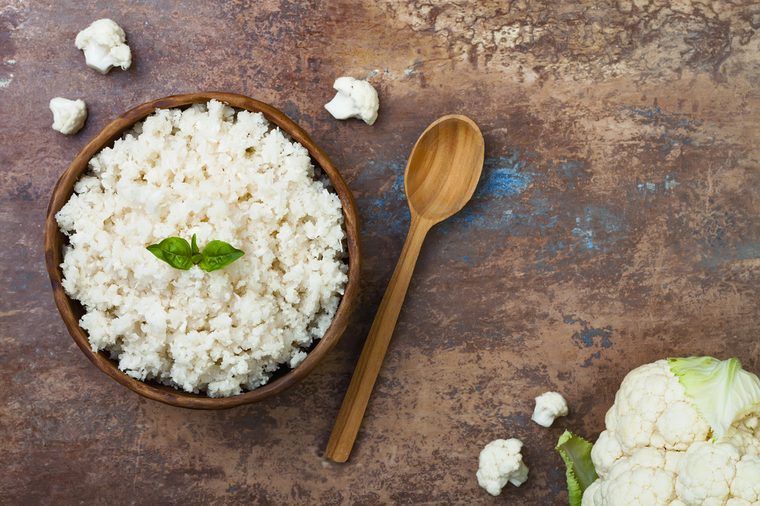
Swap grains for produce
Amber Trejo, a trainer at Work Train Fight, recommends cutting calories by swapping grains with an array of veggies. “You can also easily swap out your spaghetti with zucchini, beet noodles, and spiralized sweet potatoes. I love swapping out rice with riced cauliflower. Cauliflower is super nutritious because it contains a good amount of folate, fiber, vitamins C [and] K, and potassium! Cauliflower also contains sulforaphane, a cancer-fighting phytonutrient. With only about 25 calories per cup compared to 200 calories in a cup of rice, you can get summer ready easily with this swap.”
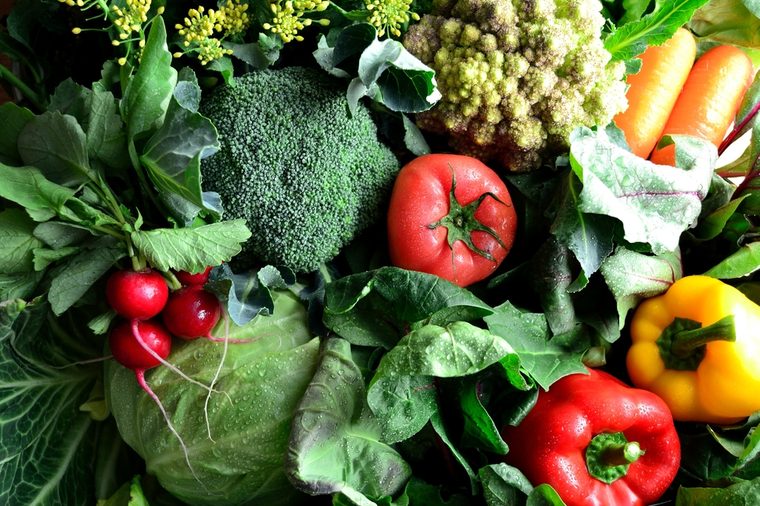
Get color in your diet
According to Ashley Borden, a celebrity trainer who is part of Revenge Body by Khloe Kardashian, eating more colorful foods will do wonders for your body. “Focus on eating real, whole foods with color (antioxidants!). Fiber and color in our food help eliminate binge eating and will help you make better choices in a world of ‘fake’ food,” Borden explains. She’s also a fan of essential fatty acids and takes a supplement two times a day.
Originally published as 18 Trainers Reveal Their Summer Slim-Down Secrets on ReadersDigest.com.
